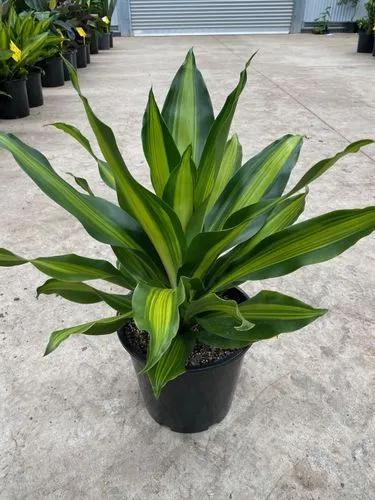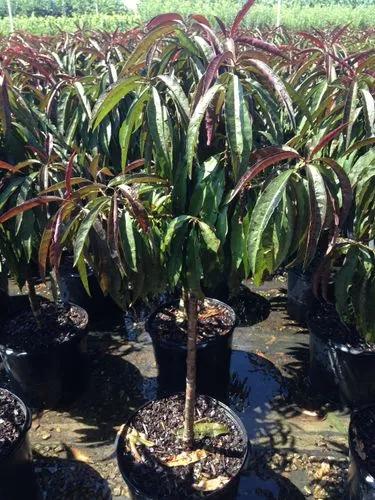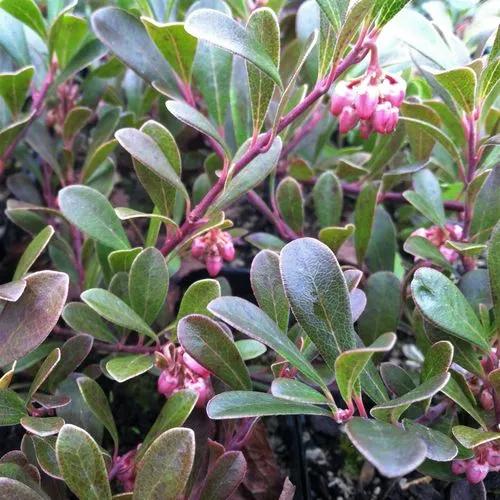This is a floor plant. It grows in a compact, upright form as compared to other houseplants like ficus, palms & scheffleras which have a more spreading habit as they grow. It’s great for areas in your home where you don’t have a lot of space.
Dracaena Lisa Cane Care
Dracaena Deremensis Lisa



How to Care for the Plant

Water

Water regularly throughout the growing season (spring to fall) to keep the soil evenly moist. In the winter you can back off on watering a little bit. But don’t ever allow the soil to dry out completely. If you stick your finger in the soil and feel it’s dry, then it’s time to water. Brown and dry leaf tips are a telltale sign that you’ve allowed the soil to dry out too much. It’s best to use non-fluorinated water, such as distilled water or rainwater, on corn plants because they’re sensitive to fluoride. Too much can cause the leaves to turn yellow or brown.

Fertilizer

These plants aren't heavy feeders. Use a liquid houseplant fertilizer monthly during the spring and summer, following label instructions. No fertilization is necessary in the fall and winter.

Sunlight

Outdoors, these plants like filtered sunlight. Direct sun, especially hot afternoon sun, can burn the leaves and cause the plant to wilt. Indoors, place your plant near a window where it can get bright, indirect light. While these plants can tolerate somewhat shady conditions, too little light can cause the leaves to lose their bright colors and not grow in size to their fullest potential.

Soil

An organically rich, loose soil is ideal for corn plants. The soil must have good drainage, as the roots are prone to rotting in soggy soil. A quality commercial potting mix is generally fine for container plants.

Temperature

These tropical plants like a warm, humid climate. They grow best in temperatures that are between 60 and 75 degrees Fahrenheit. Don’t allow your plant to have prolonged exposure to temperatures below 50 degrees Fahrenheit, as this can damage or kill it. Humidity above 40% is ideal. Air that’s too dry can cause brown, dry leaf tips. If you notice this, you can occasionally mist the plant to raise humidity or put a potted plant on a tray of pebbles filled with water, making sure the bottom of the pot isn’t touching the water (as this can rot the roots).

Additional

Plants of the Dracaena genus are safe for humans unless you have a specific allergy to the plant. However, all parts of the plant are toxic to pets when ingested

Popularity

164 people already have this plant 17 people have added this plant to their wishlists
Discover more plants with the list below
Popular articles






